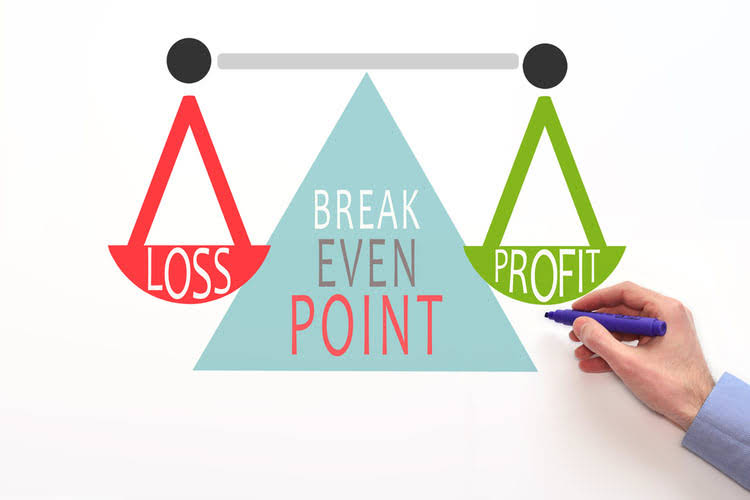
Fixed assets are characterized by their long-term nature; they are expected to provide benefits to the company for more than one accounting period, typically over a year. Unlike current assets (such as cash, inventory, or accounts receivable), fixed assets are not easily converted into cash within a short timeframe. The amount of this asset is gradually reduced over time with ongoing depreciation entries. This yields a monthly depreciation charge, for which the entry is a debit to depreciation expense and a credit to accumulated depreciation. There are also several accelerated depreciation methods that recognize more of the depreciation early in the life of an asset.
Gain on Disposal Journal Entry
After five years, the net book value of the tool is $5,000, i.e., $10,000 – (5 x $1,000). After 10 years of use, the tool is considered obsolete, and its value is zero. Depreciation is calculated taking into account the expected duration of use of the asset. In case of Axe Ltd. depreciation for 2011 shall be the new carrying amount divided by the remaining useful life or $190,000/17 which equals $11,176. The building has a useful life of 20 years and the company uses straight-line depreciation. Accumulated depreciation as at December 31, 2010 is $10,000×3 or $30,000 and the carrying amount is $200,000 minus $30,000 which equals $170,000.
Revaluation of fixed assets journal entry

Additionally, you are able to obtain credit from the supplier by agreeing to pay in 30 days time. And, if we dispose of the fixed asset that has already been fully depreciated, there won’t be any loss either. In this case, we will just need to remove the cost of the disposed fixed asset together with its accumulated depreciation amount from the balance sheet. Alternatively, if the cash proceeds are less than the net book value of the fixed asset, we will receive a loss on the fixed asset disposal. The journal entry of fixed asset write-off is a simple one if its net book value has become zero. In other words, the cost of the fixed asset equals its accumulated depreciation.
- Then its depreciable base is $3,380 ($3,780 – $400), and our monthly depreciation expense is $40.24 ($3,380 divided by 84).
- As can be seen the gain of 1,500 is a credit to the fixed assets disposals account in the income statement.
- The fixed asset sale is one form of disposal that the company usually seek to use if possible.
- The report is a schedule showing the beginning balance, purchases and/or additions, disposals, depreciation, and ending balance of fixed assets for a certain time period.
- Investors would like to see the money they invested is being used to generate sufficient cash to receive a return on their investment.
Everything You Need To Master Financial Modeling
And the net book value of the fixed asset is the value of the fixed asset’s cost minus the accumulated depreciation of such asset at the date of the disposal. When recording fixed assets, the total cost of getting the asset in a place ready for use should be included. For example, the transport and freight costs of delivering the equipment to the factory, and the installation and set-up costs incurred in commissioning the equipment are part of the total fixed asset cost.
- The cost of the asset is the fair market value of the asset, usually the cash paid, or in the case of a part exchange of assets, the cash paid plus the fair market value of assets given in exchange.
- As mentioned, we capitalize the fixed asset so that we can spread the cost of the fixed asset over the periods that it provides benefit to the company.
- DebitProfits, which belonged to the owners of the business, have been set aside and retained within the business allow for the reduction in value of the fixed assets.
- Management and accounting personnel that oversee financial reporting should set expectations for capitalization policies, determining an asset’s useful life, and the appropriate method of depreciation.
- Consequently an estimate of this depreciation is shown as an expense in the income statement each accounting period.
- The disposal of long term assets should be carried out in a careful and controlled manner to ensure that the business realizes the best possible return on its investment.
Fixed assets are long-term assets that a business holds for more than one year and are used in the production of goods and services. The disposal of fixed assets refers to the process of selling or otherwise getting rid of these assets when they are no longer needed. Fixed assets, also known as long-term assets or non-current assets, are tangible or intangible resources held by a company for long-term use in its operations https://www.bookstime.com/ to generate income. These assets are not intended for resale but rather for continued use within the business to support its operations. A fixed asset is something that will be used in the business and that has a useful life of more than a year. Generally, the higher the fixed asset turnover ratio, the more efficient the company is since it implies more revenue is created per dollar of fixed assets owned.
Example of loss on fixed asset disposal

Learn financial statement modeling, DCF, M&A, LBO, Comps and Excel shortcuts. Yet, inventory is classified as a current asset, whereas PP&E is treated as a non-current asset.
Fixed Asset Accounting Explained with Examples, Journal Entries, and More
From a business standpoint, fixed assets disposal involves studying the extent of the changes in the company’s assets. But it is also asking that the impact of this sale on the company’s accounts be taken into account. On the other hand, if the sale proceeds are lower than the fixed asset’s net book value, the company makes a loss and the journal entry will be as below instead. In this journal entry, total expenses on the income statement increase by $50,000 while total assets on the balance sheet decrease by $50,000. Sometimes, there is a sudden drop of the fair value of the fixed asset which leads to the impairment that the company cannot ignore. Likewise, if that happens, the company needs to make the fixed asset impairment journal entry in order to record the loss as a result of impairment in the income statement.
Typically financial statements present the gross fixed asset balance capitalized initially, with the accumulated depreciation to date to show the net fixed assets value at a point in time. Many organizations would not exist or generate revenue without their property, plant, and equipment. To understand accounting and financial reporting, begin with a broad-level knowledge fixed assets accounting entries of fixed assets. On the other hand, if the fixed asset has not been fully depreciated yet, there will be a loss on the fixed asset disposal which need to be charged to the income statement as an expense during the accounting period. And the loss amount will equal to the remaining net book value (cost – accumulated depreciation) of the fixed asset as of the disposal date.